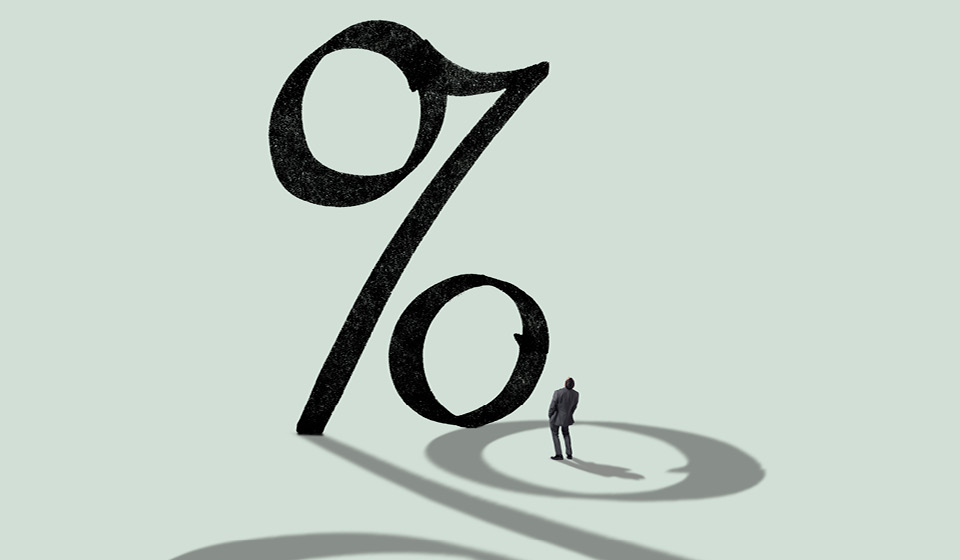The interest rate differences are enormous depending on the pension fund
For Swiss pension funds, 2021 was a successful year thanks to good market conditions. Top pension funds generated over ten times as much return as others. A two-tier society is also emerging in terms of interest on assets.
Swiss pension plans generated an average net return of 8.4% in 2021. This is the second-best result in the past decade and is well above the ten-year average of 5.4%. The high returns generated over the past few years, have been used by the pension funds to improve their financial situation. The comfortable starting position gave them more flexibility, particularly with regard to interest on retirement assets. Actively insured persons benefited from a higher interest rate - across all funds, this averaged 4.25% in 2021, the highest since 2001, according to the 22nd edition of the Swisscanto Pension Fund Study
Top pension funds generate over ten times as much return as others
In order to ensure positive returns on retirement assets in the future, a sustainably high investment return is essential. In terms of performance, however, the range between the lowest and highest returns of the individual funds varies greatly - a trend that has been apparent in the study for years. In 2021, the lowest value was 1.34%; the best fund achieved a return of 15.97%, over ten times as high. This can also be seen in the medium term over five years: The tenth percentile of the funds with the lowest performance were able to generate a return of 3.88% per year; the most successful tenth percentile achieved a return of 7.21% annually. According to Heini Dändliker, Head of Key Account Management Corporate Clients Switzerland at Zürcher Kantonalbank, the reasons for these differences are structural, such as fund size, industry characteristics and asset allocation.
Interest on retirement assets varies greatly
A two-tier society has emerged among pension funds: Funds that have already accumulated more than 75% of their fluctuation reserves, have been able to pay twice as much interest on their insured's retirement assets, as funds with lower reserves. For the model students among the pension funds, the way is clear for a turnaround: In the future, they will be able to pay higher interest on the retirement assets of their actively insured persons. Insureds of funds that are behind schedule, will lose out. If reserves are not sufficiently accumulated in time, their pension fund assets will earn below-average interest. For insured persons, it therefore plays a decisive role with which pension provider they are insured in via their employer.
Coverage rates have never been so high
The coverage ratios have never been as high as at the end of 2021: they averaged over 122.1% - 6 percentage points more than in the previous year. The funds thus have free resources for benefit improvements. However, the current market situation has caused the coverage ratios to fall slightly below the target level again to 117.3% by the end of March 2022.
Conversion rates continue to fall
The solid reserves enable a trend reversal in the technical interest rate. This is based on the recommended upper limit of the Swiss Chamber of Pension Fund Experts and shows the long-term financial obligations, with which the institutions are calculating. In 2021, the experts recommended, that the rate be increased in view of rising interest rates; in 2022, another such recommendation could follow. This means that the current average technical interest rates are below the recommended upper limit - the pension funds are therefore making realistic estimates of their pension promises. The conversion rate, on the other hand, will continue to fall according to the figures of the pension fund study: for men with retirement age 65 from an average of 5.43% in 2022 to 5.25% in 2026.
Redistribution from active insured to pensioners was reduced
Many pension funds have used the profitable years to position themselves in the best possible way for the future: They have adjusted the technical interest rate, accumulated fluctuation reserves, switched to generation tables, lowered the conversion rate and increased the retirement age. All this has resulted in a halt to the systemic redistribution from active insured to pensioners.
